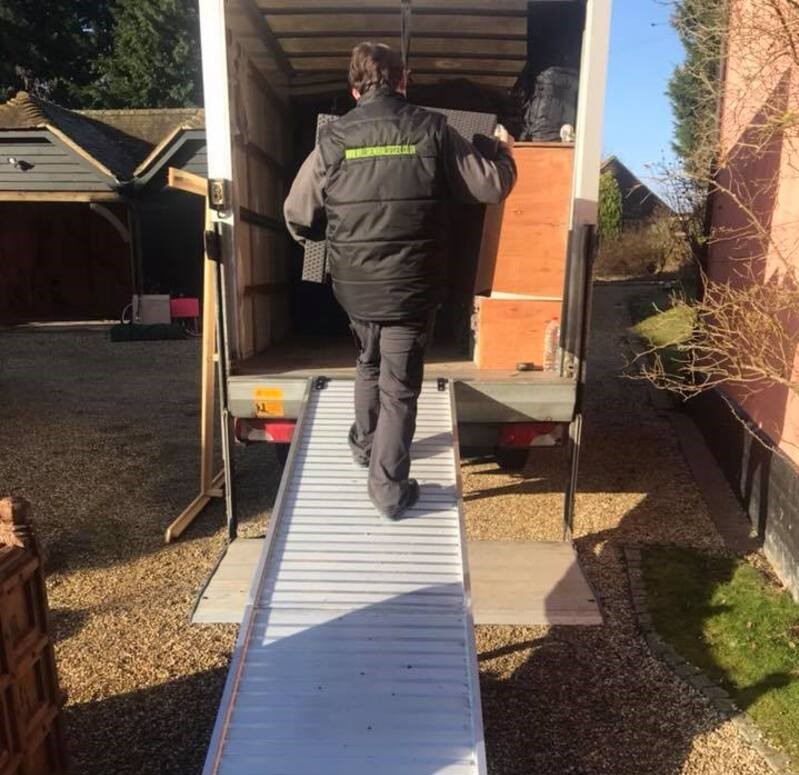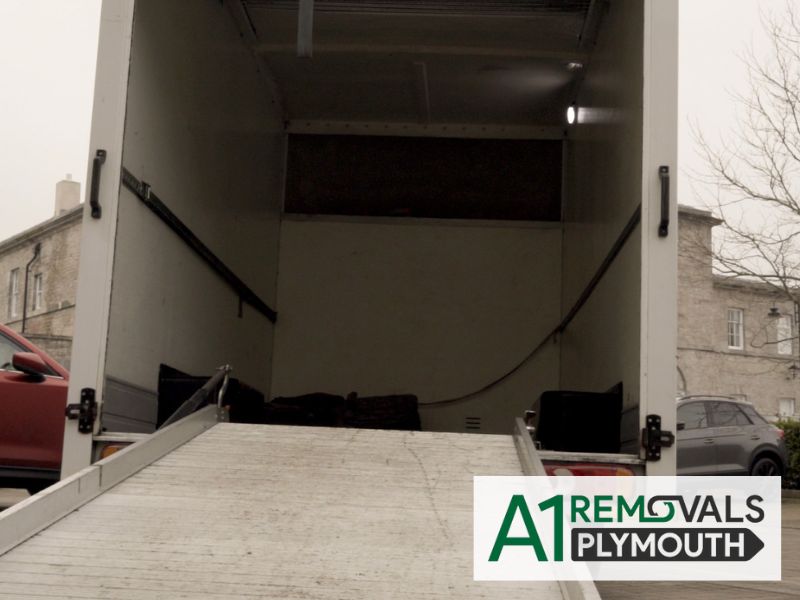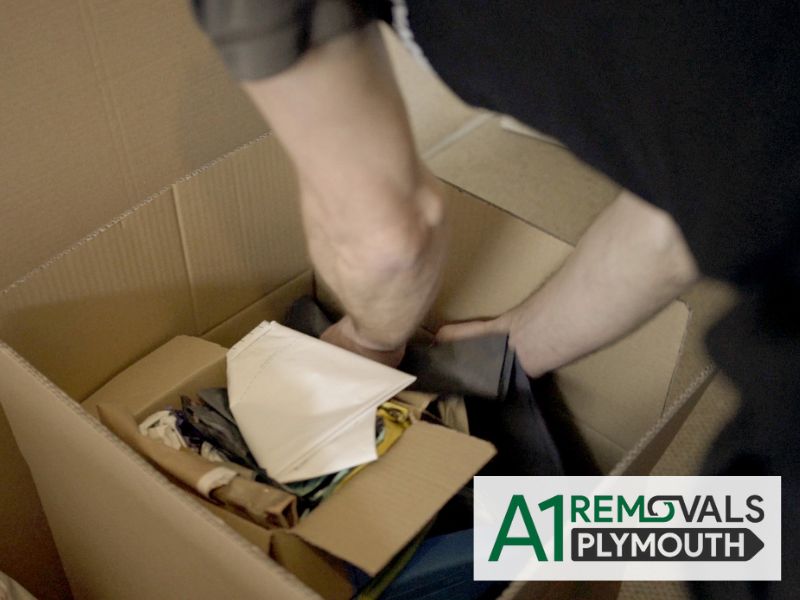Imagine your office as a well-oiled machine, with each component working together to drive your business forward. Now, imagine that machine being disassembled and transported to a new location. Relocating your IT infrastructure can be intimidating, but we are here to help guide you through the process.
As a trusted removals service, we will explore how to assess your setup, plan and prepare for the move, protect your data and information, carry out the move efficiently, and offer support after the move to ensure a smooth transition.
Whether you are expanding or looking for a different location, these guidelines will help you keep your IT infrastructure intact. By following our methods and strategies, you can minimize downtime and disruptions while increasing efficiency and productivity.
Join us on this journey towards a successful IT infrastructure relocation – because having control over every aspect of your business is empowering.
Assess your current IT infrastructure.
Before you embark on the thrilling journey of relocating your office, take a moment to assess your current IT infrastructure. It is essential to carry out an IT infrastructure assessment to ensure a smooth transition and minimize any potential issues during the move.
Start by evaluating your existing hardware, software, and network infrastructure. Identify any outdated or obsolete equipment that may require replacement or upgrading. Evaluate the performance and capacity of your servers, storage systems, and networking devices to determine if they can handle the increased demands of the new office space.
Additionally, evaluate your cybersecurity measures to identify any vulnerabilities that need to be addressed before the move. By conducting a comprehensive IT infrastructure evaluation, you can plan ahead and make informed decisions for a successful office relocation.
Plan and Prepare for the Move
To successfully transition to a new location, it is important to arrange and prepare your team for the move. Start by analysing the office layout in your new space and comparing it with your current one. Determine if any changes need to be made to effectively support your IT infrastructure.
Consider logistical factors such as the placement of servers, networking equipment, and power outlets. Plan where workstations should be positioned to promote optimal productivity and collaboration. Take into account factors like natural light, noise levels, and proximity to common areas.
Also, think about the wiring requirements for your IT equipment and plan accordingly. By carefully planning and preparing for the move, you can ensure a smooth transition for your team and minimize disruptions to their workflow.
Secure Your Data and Information
Ensure that your data and information are safeguarded by creating backups of all important files and implementing strong password protection measures. It is crucial to prioritize data security during an office relocation to prevent any loss or unauthorized access to sensitive data.
Start by creating multiple backups of essential data, whether it is stored on local servers or in the cloud. This will ensure that even if something goes wrong during the relocation process, your data remains secure and accessible.
Additionally, consider implementing cybersecurity measures like encryption and two-factor authentication to enhance the security of your data. Regularly update passwords for all devices and accounts involved in your IT infrastructure.
By taking these precautions, you can minimize the risk of data breaches or loss during the office relocation process.
Execute the Move
When carrying out the move, it is crucial to label and document all equipment and cables. This will ensure that everything is accurately monitored during the relocation process.
It is also vital to handle equipment and systems with care to prevent any damage or disruption to your IT infrastructure.
Label and Document Equipment and Cables
Label and document your equipment and cables accurately, ensuring that no essential connections are overlooked during the office move. This is essential for efficient inventory and cable management throughout the relocation process. To help you stay organised and reduce downtime, consider these best practices:
- Create a comprehensive inventory list: Note down each piece of equipment, including its location, serial number, and any related cables or accessories.
- Use colour-coded labels: Assign distinct colours to specific equipment types or departments. This’ll make it easier to spot items quickly.
- Label both ends of cables: Clearly label both ends of each cable with appropriate labels indicating their purpose or destination.
- Take photos: Capture clear images of complex cable connections before disassembling them. These visual references’ll help save time when reassembling your IT infrastructure in the new office.
By labelling and documenting your equipment and cables diligently, you’ll ensure a seamless transition during your office move while minimising potential business disruptions.
Handle Equipment and Systems with Care
Handle your equipment and systems with care to ensure a successful office move. Proper maintenance of equipment is crucial during the relocation process. Before packing, ensure that all devices are clean, free of dust, and functioning correctly. Inspect cables for any signs of wear or damage; replace them if necessary.
When packing fragile equipment like servers or computers, use anti-static bags or wrap them in bubble wrap to prevent electrostatic discharge. Accurately label each box with its contents and indicate if it contains delicate items.
During transportation, securely fasten the boxes to prevent shifting or damage. If possible, transport valuable equipment separately to minimize the risk of loss or theft.
By following these packing techniques and handling your equipment with caution, you can ensure that everything arrives at your new office undamaged and ready to be used.
Provide assistance after the move.
After the move is complete, our team will be ready to help ensure everything runs smoothly. Transitioning to a different IT infrastructure can be a difficult task, so we offer comprehensive post-move support to make the process simpler for you.
Here’s what we can do:
- Training Sessions: Our specialists will hold training sessions to educate your staff on the new systems and equipment. This will give them the knowledge they need to use the technology effectively and maximise efficiency.
- Troubleshooting Assistance: In case any issues arise after the move, our team will be available to provide immediate troubleshooting assistance. We have expertise in various IT systems and can quickly detect and fix any technical issues.
- Continuous Support: Our help doesn’t end after the initial setup. We provide ongoing support and advice to address any worries or queries that may occur during your daily operations.
- Flexibility: We understand that each business has its own requirements, so we modify our post-move support services to suit those needs. Our aim is to give you the freedom to manage your IT infrastructure while knowing we are always available to assist when necessary.
With our post-move support, you can transition smoothly into your new office space without worrying about any IT-related problems.
Frequently Asked Questions
What are some common challenges or obstacles that companies typically face when relocating their IT infrastructure?
When moving IT infrastructure, companies may face common problems and barriers. It is crucial to take into account legal and regulatory aspects to ensure compliance. Data safety and security should be a top priority during the entire process. Minimizing downtime and disruptions to IT systems is a priority. Effective communication with employees and stakeholders is essential for a successful relocation. Adhering to best practices in IT infrastructure relocation can assist in overcoming these challenges and ensuring a successful move.
Are there any particular legal or regulatory considerations that companies should be aware of when relocating their IT infrastructure?
When transitioning your IT infrastructure, it is crucial to consider legal compliance and regulatory requirements. Think of it as a complicated maze, where even the smallest mistake can have serious consequences. To ensure that you are not at risk of legal problems, it is necessary to comply with all applicable laws and regulations.
This includes data protection laws, privacy regulations, compliance standards specific to your industry, and any contractual obligations with third-party vendors. Neglecting these can result in fines, lawsuits, and harm to your reputation.
How can companies ensure the safety and security of their data during the relocation process?
To ensure the safety and security of your data during the relocation process, it is essential to prioritize data protection and backup. Implement strong security measures, such as encryption and access controls, to protect sensitive information.
Regularly back up your data to reduce the risk of losing valuable assets. Conduct comprehensive testing before, during, and after the move to detect any vulnerabilities or potential breaches.
By following these practices, you can maintain the integrity of your data throughout the relocation process.
What measures should companies take to reduce downtime and prevent disruptions to their IT systems while relocating?
To minimize downtime and disruptions to IT systems during the move, companies should take the following steps:
- Conduct a comprehensive assessment of the current infrastructure to identify any risks and vulnerabilities.
- Create a relocation plan that clearly outlines tasks, timelines, and the respective roles of team members.
- Utilise virtualisation or cloud services to maintain system accessibility during the move.
- Test backups and disaster recovery procedures before the relocation to prevent data loss.
- Keep employees informed and aware of the move to facilitate a smoother transition.
Taking these steps will help companies minimise downtime and disruptions to their IT systems during the move.
How can companies effectively communicate with employees and stakeholders throughout the IT infrastructure relocation process?
To effectively communicate with employees and stakeholders during the process of relocating the IT infrastructure, it is important to prioritize employee engagement. This can be achieved by providing regular updates on progress and any changes that may impact them. It is recommended to use various communication channels such as email, intranet, or company-wide meetings to ensure that everyone is well-informed. The messages should be carefully crafted to address any concerns employees may have and to keep them informed about important milestones. By keeping employees and stakeholders updated, transparency can be maintained and any potential anxieties during the relocation process can be minimized.











